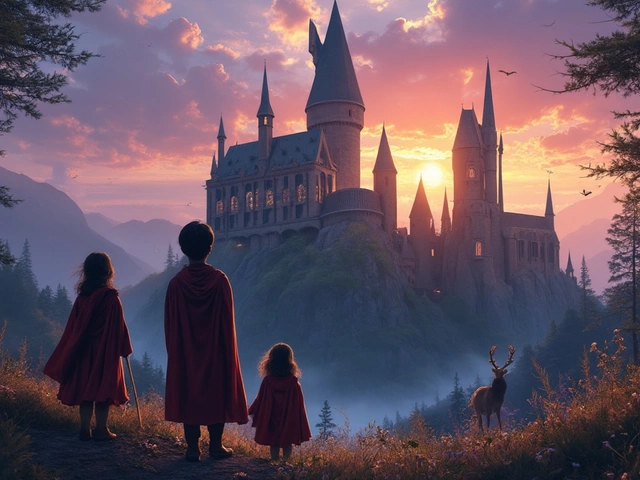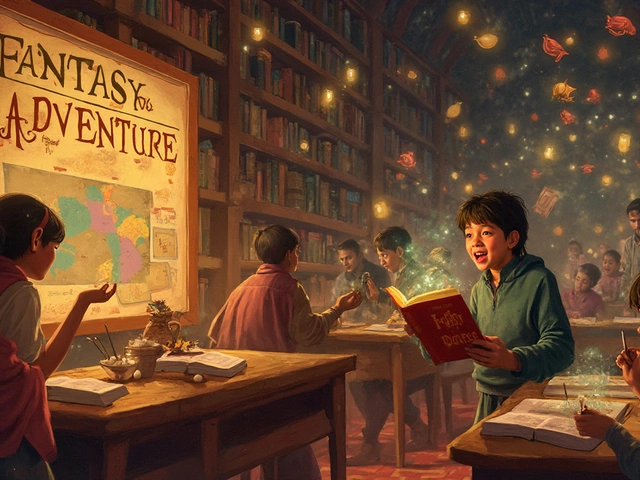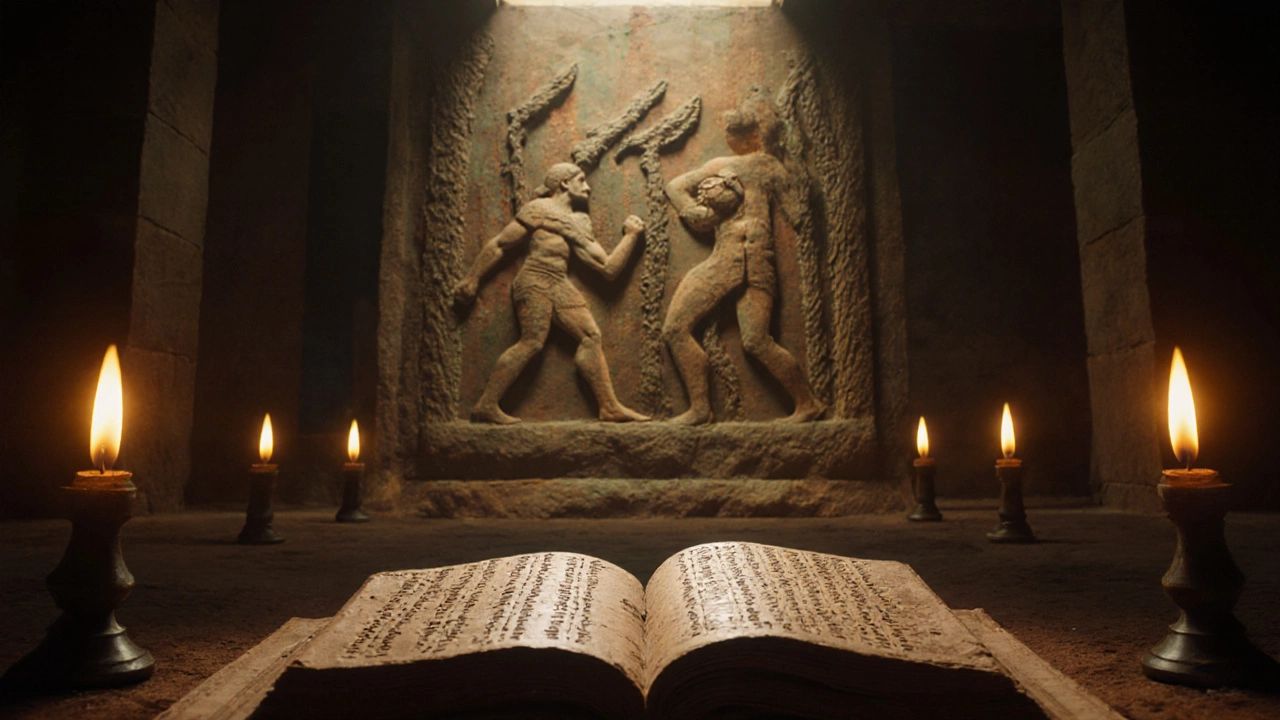
Ancient Adventure Story Comparison Tool
Filter & Search
Key Insight: The Epic of Gilgamesh (c. 2100 BCE) is widely considered the oldest surviving adventure story with a clear narrative structure. It contains all essential adventure elements: hero's journey, dangerous quests, supernatural challenges, and heroic transformation.
| # | Epic | Approx. Date | Origin | Primary Hero | Core Quest |
|---|---|---|---|---|---|
| 1 | Epic of Gilgamesh | c. 2100 BCE | Mesopotamia (Sumer) | Gilgamesh | Defeat Humbaba, seek immortality |
| 2 | Odyssey | 8th century BCE | Greece | Odysseus | Return home after Trojan War |
| 3 | The Tale of Sinuhe | c. 1800 BCE | Egypt | Sinuhe | Exile and royal reinstatement |
| 4 | Mahabharata | 400 BCE-400 CE | India | Arjuna, Bhima, etc. | War, quests, divine challenges |
No stories match your search criteria. Try adjusting your filters or search terms.
Key Takeaways
- The Epic of Gilgamesh (c. 2100BCE) is widely considered the oldest surviving adventure story.
- Homer’s Odyssey (8thcenturyBCE) refines the adventure template with a hero’s perilous journey home.
- Early Near‑Eastern and Egyptian epics also contain core adventure elements: quests, monsters, and unknown lands.
- Defining criteria-date, narrative structure, and surviving text-helps determine the "oldest" claim.
- These ancient works still influence modern adventure fiction, from pulp novels to blockbuster movies.
What Makes a Story an "Adventure"?
At its heart, an adventure story thrusts a protagonist into a series of high‑stakes challenges far from everyday life. Key ingredients include:
- A clear goal (e.g., find a treasure, return home, defeat a foe)
- Physical journey across dangerous or unknown terrain
- Encounters with monsters, gods, or hostile forces
- Transformation of the hero through trials
How to Pin Down the "Oldest" Adventure Story
Age alone isn’t enough. We also need:
- Chronological evidence: carbon dating, tablet stratigraphy, or historical references.
- Preservation of a complete narrative or at least a coherent fragment that reveals the adventure structure.
- Clear alignment with the adventure criteria listed above.
Epic of Gilgamesh is a Mesopotamian poem dating to around 2100BCE, often hailed as the world’s first adventure tale
Gilgamesh, the semi‑mythic king of Uruk, teams up with the wild man Enkidu to battle the monstrous Humbaba, slay the bull of heaven, and later confront his own mortality. The narrative follows a classic quest arc: a call to action, perilous trials, a loss, and a search for eternal life. Scholars argue that its combination of heroic quest and supernatural obstacles fulfills every adventure hallmark.
Why it beats later works:
- Earliest datable fragments (cuneiform tablets) pre‑date any other candidate by several centuries.
- The story survives in a full, coherent 12‑tablet version, allowing us to see the entire adventure sequence.
- Its central theme-seeking fame and confronting death-mirrors the core motive of modern adventure fiction.
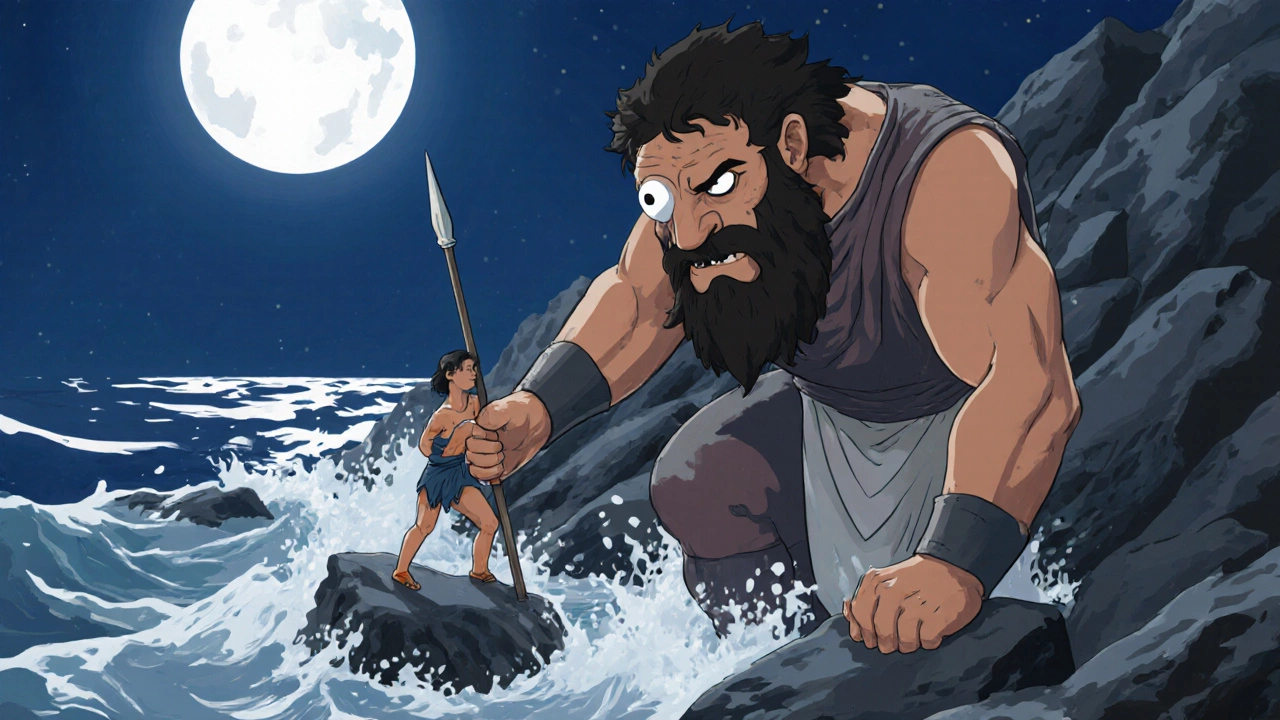
Homer’s Odyssey is a Greek epic poem from the 8thcenturyBCE that chronicles Odysseus’s ten‑year journey home
Odysseus’s voyage ticks every adventure box: dangerous seas, mythical creatures (Cyclops, Sirens), divine meddling, and a heroic return. While it post‑dates Gilgamesh, the Odyssey refines the formula-adding psychological depth and a focus on cleverness over brute strength.
Key adventure moments include:
- Outwitting Polyphemus, the one‑eyed giant.
- Resisting the Sirens’ song.
- Navigating Scylla and Charybdis, the sea monsters.
These episodes have become archetypes repeated in countless later works.
Other Early Epic Adventures Worth Mentioning
While Gilgamesh and the Odyssey dominate the conversation, a few other ancient texts also carry strong adventure DNA.
- The Tale of Sinuhe is an Egyptian narrative from the Middle Kingdom (c. 1800BCE) that follows a court official’s exile, desert wanderings, and eventual royal pardon.
- The Mahabharata is a massive Indian epic (compiled between 400BCE-400CE) containing the famous "Kurukshetra" war as a grand adventure of heroes, gods, and moral dilemmas.
- The Epic of Atrahasis (c. 1700BCE) includes a flood story and a heroic quest to secure a new order for humanity.
These works illustrate that the adventure impulse was global, not confined to Mesopotamia or Greece.
Side‑by‑Side Comparison
| Epic | Approx. Date | Origin | Primary Hero | Core Quest | Surviving Form |
|---|---|---|---|---|---|
| Epic of Gilgamesh | c. 2100BCE | Mesopotamia (Sumer) | Gilgamesh | Defeat Humbaba, seek immortality | 12 cuneiform tablets |
| Odyssey | 8thcenturyBCE | Greece | Odysseus | Return home after Trojan War | Full poem (24 books) |
| The Tale of Sinuhe | c. 1800BCE | Egypt | Sinuhe | Exile and royal reinstatement | Papyrus scroll |
| Mahabharata (selected adventure sections) | 400BCE-400CE | India | Arjuna, Bhima, etc. | War, quests, divine challenges | Extensive Sanskrit manuscript |
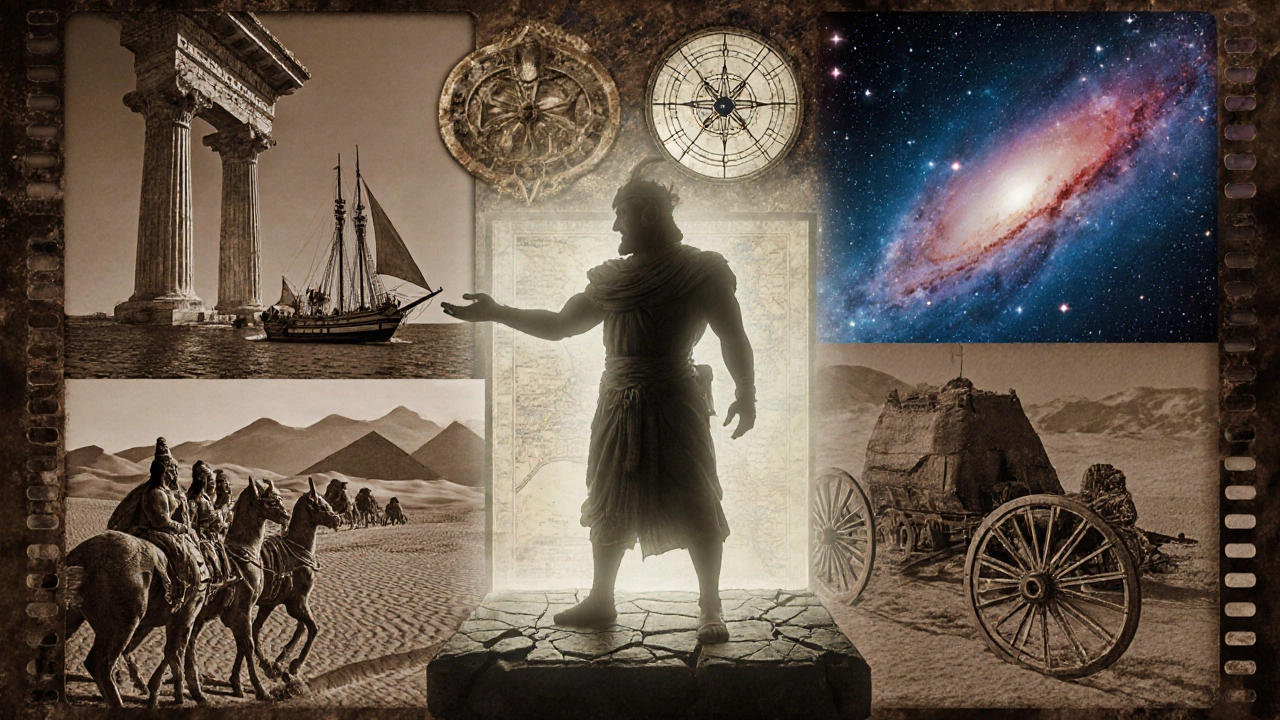
Why These Ancient Adventures Still Matter Today
Every modern adventure novel or movie-think Indiana Jones, Star Wars, or J.K.Rowling’s wizarding quests-borrows elements first codified thousands of years ago. The hero’s call to adventure, the mentor figure, the “road of trials,” and the final showdown are all present in Gilgamesh’s battle with Humbaba and Odysseus’s struggle against Poseidon.
Understanding these roots helps readers appreciate why certain plot beats feel “right” and how writers can subvert them for fresh storytelling.
Quick Checklist: Exploring the Oldest Adventures
- Read a modern translation of the Epic of Gilgamesh (look for Andrew George’s or Stephen Mitchell’s versions).
- Listen to a dramatized audiobook of the Odyssey for its vivid sea‑scenes.
- Compare adventure motifs across cultures: note the recurring “monster guard” and “homecoming” themes.
- Visit a museum with cuneiform tablets (e.g., British Museum) to see the original script.
- Write a short adventure story that flips one ancient trope-like a modern hero solving a maze instead of a monster.
Frequently Asked Questions
Is the Epic of Gilgamesh truly the first adventure story?
Most scholars agree it holds that title because its surviving tablets predate any other narrative that meets the adventure criteria-heroic quest, supernatural foes, and a journey beyond the ordinary.
How does the Odyssey differ from Gilgamesh’s adventure?
The Odyssey focuses more on wit and the psychological strain of a prolonged journey, while Gilgamesh mixes raw physical challenges with a deeper existential search for immortality.
Are there any adventure stories older than Gilgamesh that have survived?
Fragments of Sumerian and Egyptian myths exist, but none present a complete, coherent adventure narrative that can be directly compared to Gilgamesh’s full epic.
Can modern readers still enjoy these ancient epics?
Absolutely. Modern translations keep the drama alive, and the universal themes of courage, loss, and discovery resonate as much today as they did millennia ago.
Where can I find reliable translations of these texts?
For Gilgamesh, try Andrew George’s Penguin edition; for the Odyssey, consider Robert Fagles or Richmond Lattimore. University press versions often include scholarly notes.

